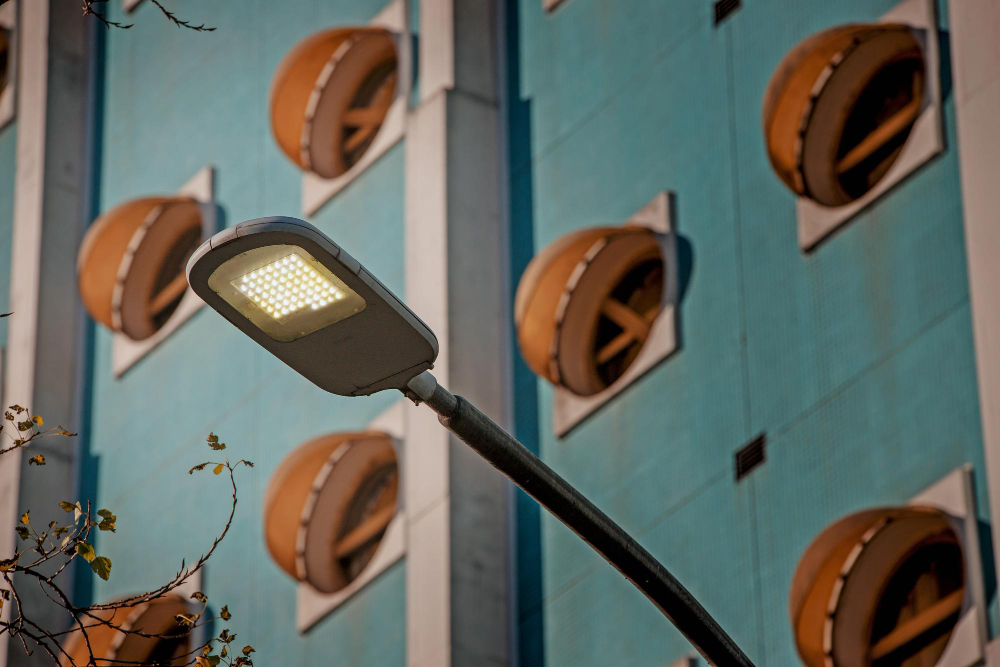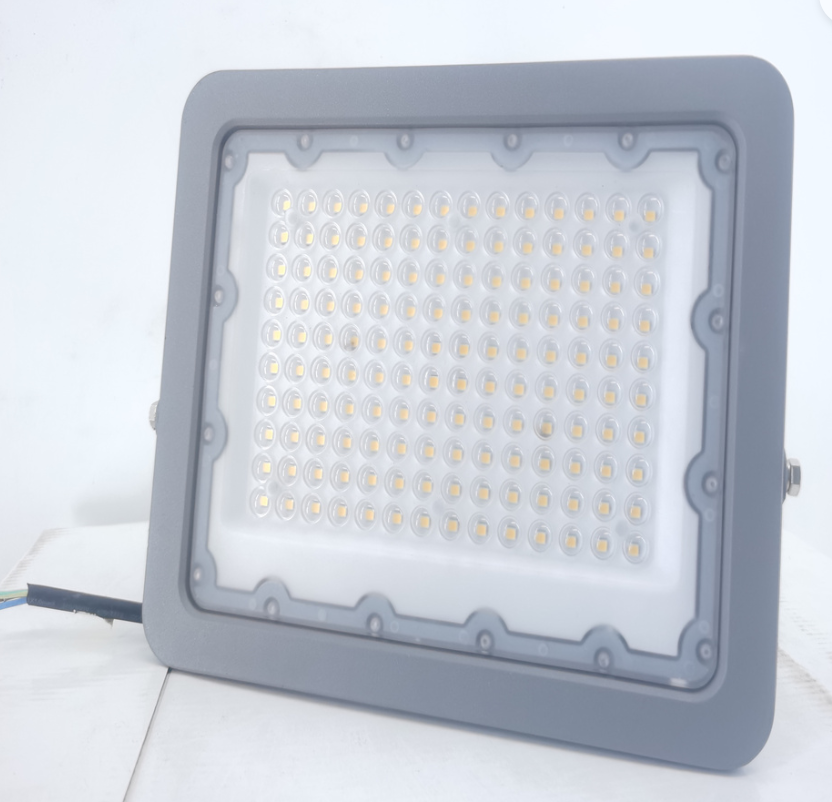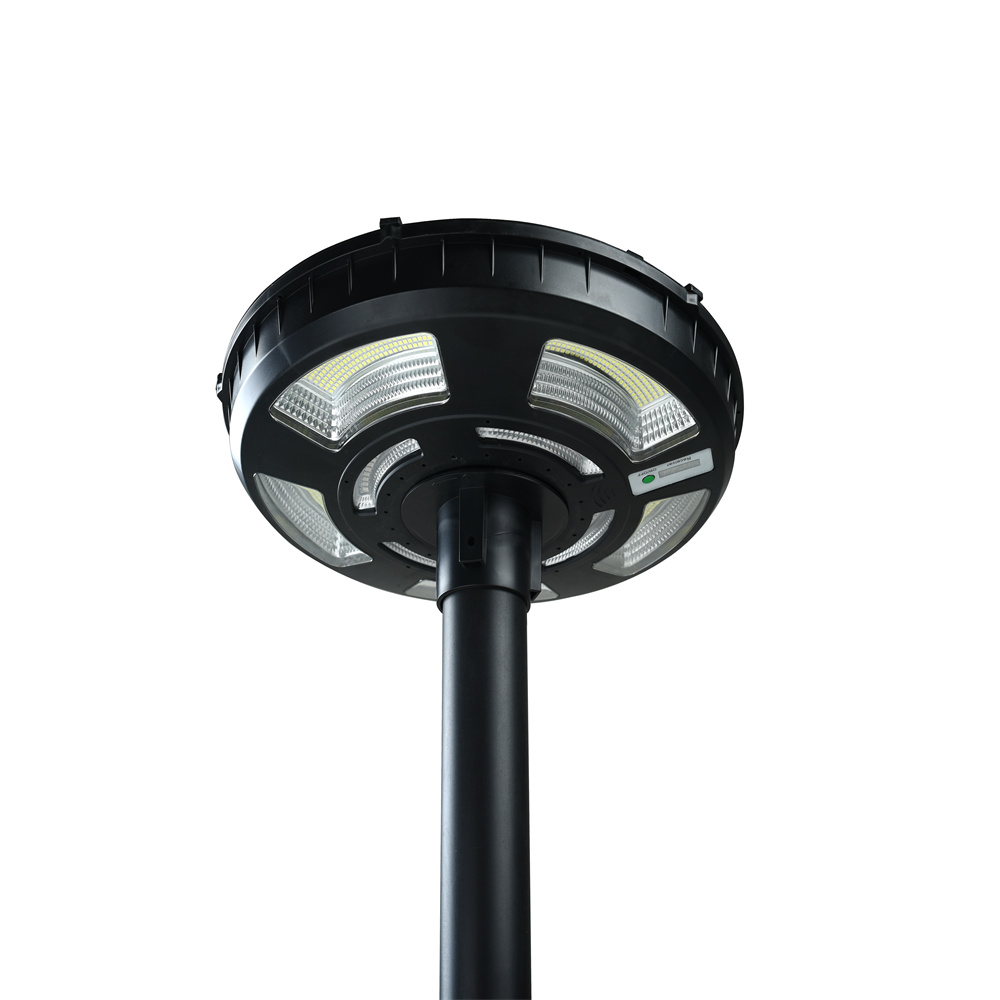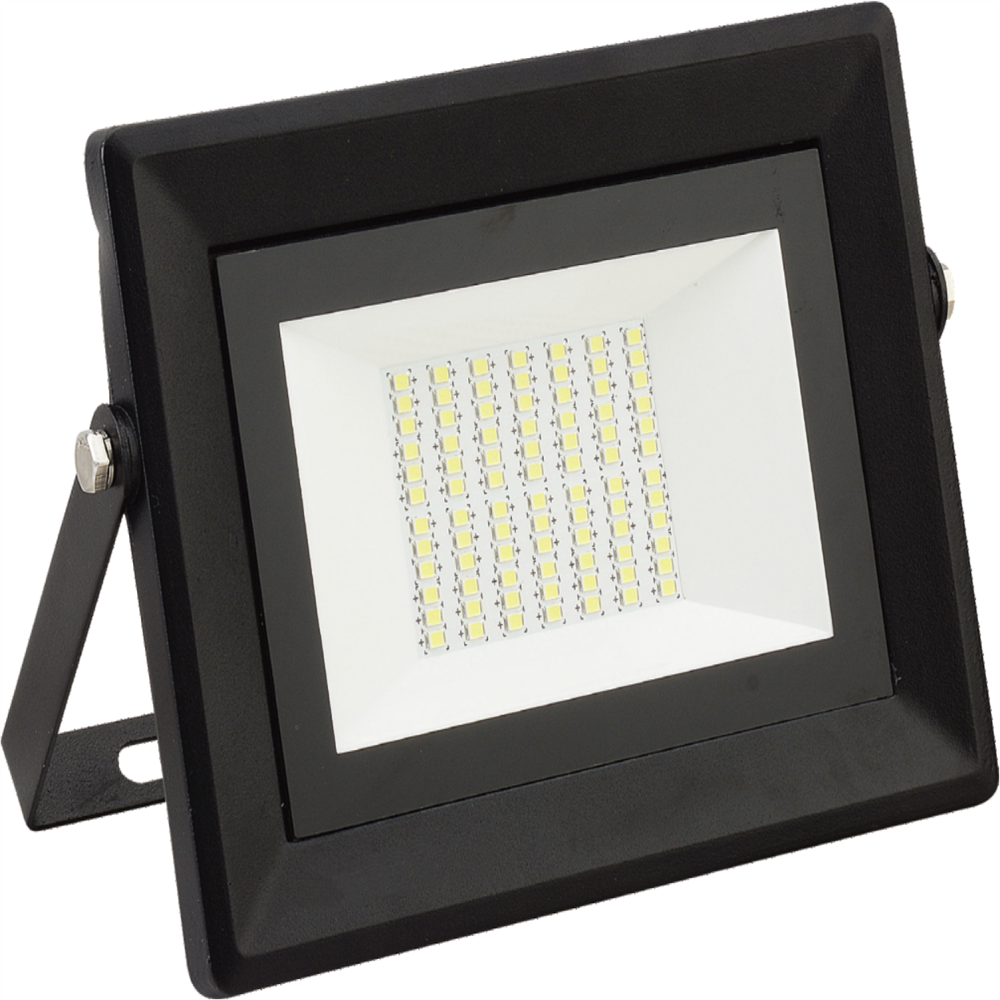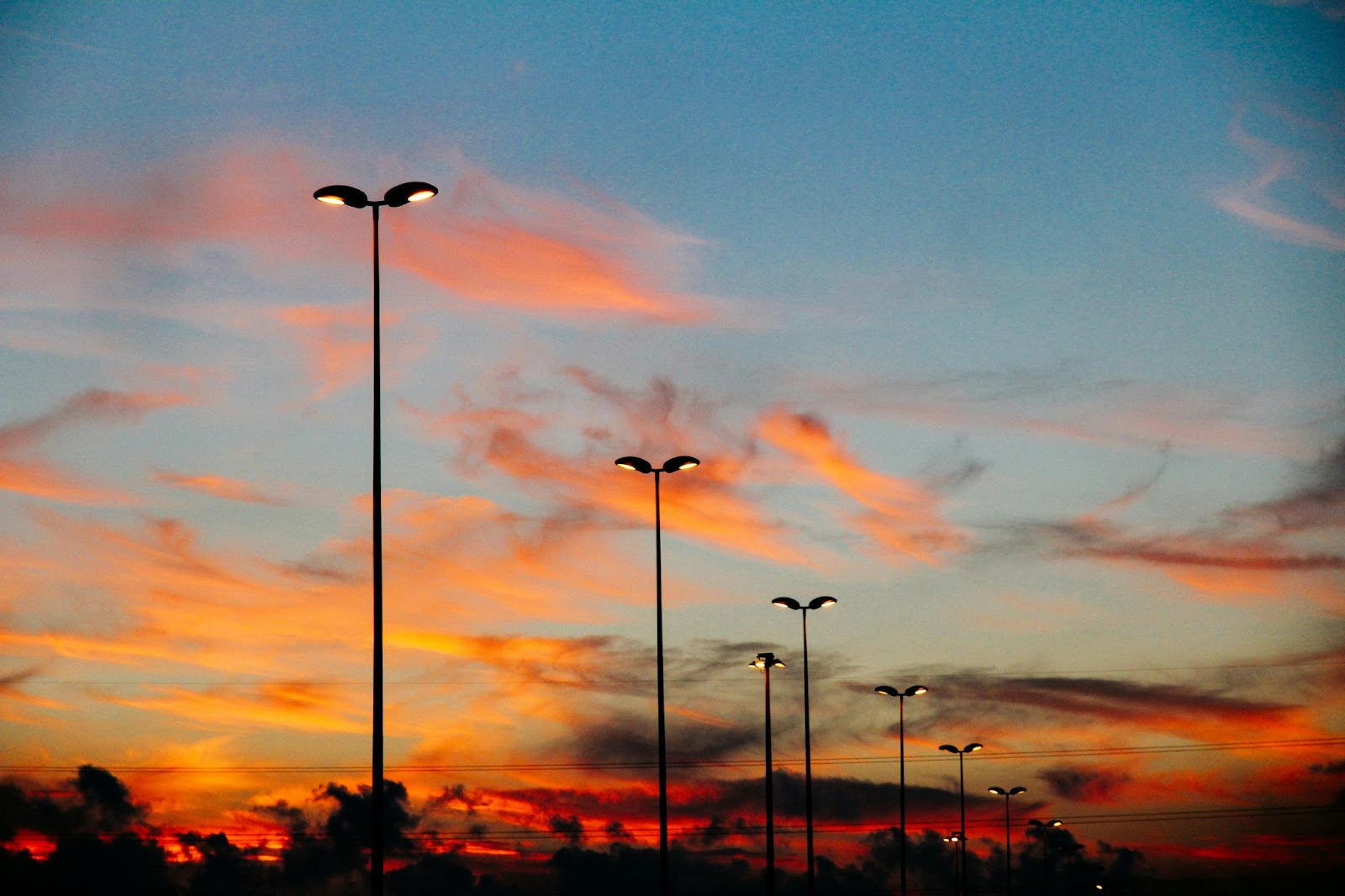As the popularity of LED solar lights continues to rise, potential users often have questions about their durability, performance in various weather conditions, and overall functionality. Here, we address key inquiries to provide a comprehensive understanding of LED lighting solar solutions, solar battery lights, and the considerations for outdoor solar lights with batteries. 1. How […]
As the popularity of LED solar lights continues to rise, potential users often have questions about their durability, performance in various weather conditions, and overall functionality. Here, we address key inquiries to provide a comprehensive understanding of LED lighting solar solutions, solar battery lights, and the considerations for outdoor solar lights with batteries.
1. How Long Do LED Solar Lights Last?
The lifespan of LED solar lights is influenced by factors such as usage patterns, build quality and maintenance. Generally, high-quality LED solar lights can last anywhere from 5 to 15 years. Regular maintenance, including cleaning the solar panels and replacing rechargeable batteries when necessary, can contribute to the longevity of the lights.
2. Can LED Solar Lights Work in All Weather Conditions?
LED solar lights are designed to function effectively in a range of weather conditions. While they perform optimally in direct sunlight, modern models are equipped with efficient solar panels and energy storage capabilities that enable them to work even in cloudy weather. However, the intensity of light and runtime may be affected in less-than-ideal conditions.
3. Are LED Solar Lights Waterproof?
Many LED solar lights are built with weather-resistant features, including waterproofing. These lights are designed to withstand rain and other environmental elements. However, the degree of waterproofing can vary among different models. It’s advisable to check the product specifications to ensure that the LED solar lights you choose are suitable for your specific outdoor environment.
4. What Is the Warranty Coverage for LED Solar Lights?
Warranty coverage for LED solar lights varies among manufacturers. Typically, reputable manufacturers offer warranties ranging from one to five years. The warranty may cover defects in materials or workmanship and may vary for different components such as solar panels, LED bulbs, or batteries. It’s essential to review the warranty information provided by the manufacturer before making a purchase.
5. Do Solar Lights Work in Cloudy Weather?
While solar lights are most effective in direct sunlight, they can still operate in cloudy weather to some extent. The efficiency of solar lights during overcast days depends on the specific model and the available sunlight. It is important to place solar lights in locations with maximum sunlight exposure for optimal charging.
6. Can LED Solar Lights Withstand Windy Conditions?
Most outdoor LED solar lights are designed to withstand standard wind conditions. However, extreme weather events, such as strong storms or hurricanes, may pose a risk. It’s recommended to securely install solar lights using the provided mounting methods and, if possible, bring them indoors during severe weather events to prevent damage.
7. Can I Replace the Batteries in Solar Lights?
Yes, many LED solar lights come with replaceable rechargeable batteries. Over time, these batteries may lose their ability to hold a charge, affecting the performance of the lights. Refer to the product manual for instructions on accessing and replacing the batteries, and be sure to use compatible replacements to maintain optimal performance.
8. How Do I Maintain LED Solar Lights?
Regular maintenance is crucial for maximizing the lifespan and performance of LED solar lights. Clean the solar panels periodically to remove dust and debris, check for any damage to the lights or wiring, and replace rechargeable batteries when needed. Following the manufacturer’s maintenance guidelines will ensure continued functionality.
In conclusion, understanding the characteristics and maintenance requirements of LED solar lights is essential for users looking to harness sustainable and efficient outdoor lighting. Whether it’s ensuring longevity, performance in different weather conditions, or proper maintenance practices, these FAQs provide valuable insights for making informed decisions when investing in LED solar lighting solutions.





